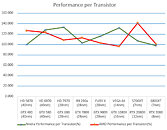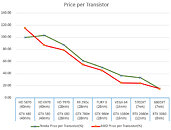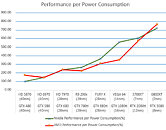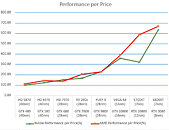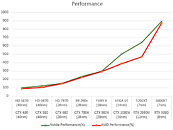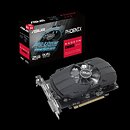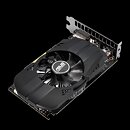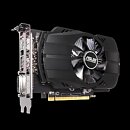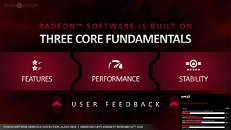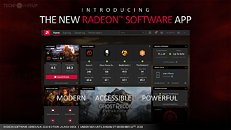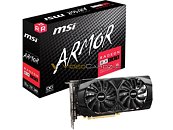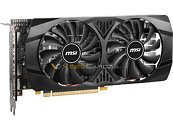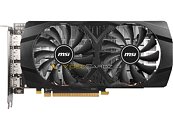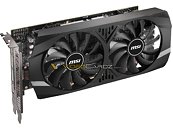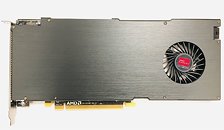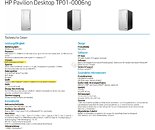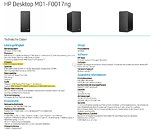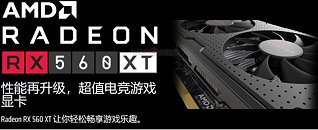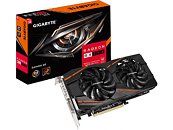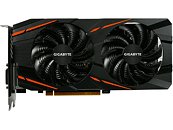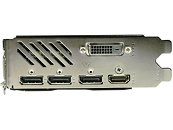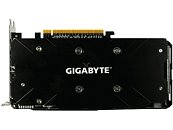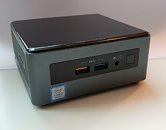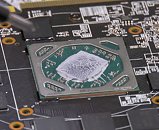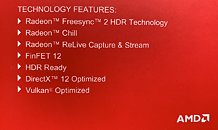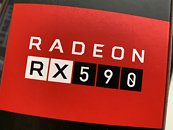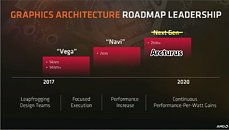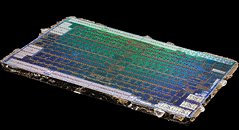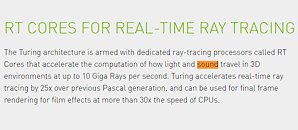Multiplayer Elements Considered for Cyberpunk 2077 Sequel
Reuters has conducted an interview with Adam Badowski and Michał Nowakowski—Joint Chief Executive Officers at CD Projekt. The news agency wanted to find out more about the current roster of projects in development across the Polish gaming group's globally-scattered studios. The Boston branch of CD Projekt Red has started work on a Cyberpunk 2077 sequel—codenamed "Orion"—as revealed by Igor Sarzyńsk (Narrative Director) earlier this month. The sequel's scope could grow beyond a single-player campaign—Nowakowski mentioned in the Reuters interview that multiplayer elements are under consideration by "Orion's" design team, but he declined to elaborate any further. CD Projekt Red downed tools on Cyberpunk 2077's multiplayer aspect around launch time (December 2020), and instead focused on improving the game's core functionality. A "triple-A" multiplayer spin-off was teased a few years ago, but abandoned at some point in favor of a new "more systematic, agile approach."
Badowski stated that "Orion" is still in a conceptual phase of development, and its team is expected to grow over the course of 2024—he anticipates around eighty members of staff by the end of the year. The North American team appears to be on a recruitment drive, while the European "Orion" gang is not expected to expand as quickly. The priority for CD Projekt's Warsaw studio is "Polaris" AKA the next mainline Witcher title—Badowski elaborated on their hiring goals in Poland: "we'd like to have around 400 people working on the project by the middle of the year." The joint-CEOs want "Polaris" entering into a full production stage in 2024—industry analysts predict a 2026 or 2027 launch window. Reuters brought up the obligatory question about artificial intelligence's place in CDPR operations—Nowakowski responded with: "We think that AI is something that can help improve certain processes in game production, but not replace people." When grilled about lessons learned from launch day disasters, Badowski stated that his company's production pipelines have undergone a positive overhaul: "We believe that in the future we'll avoid a premiere like the one we faced with Cyberpunk 2077"
Badowski stated that "Orion" is still in a conceptual phase of development, and its team is expected to grow over the course of 2024—he anticipates around eighty members of staff by the end of the year. The North American team appears to be on a recruitment drive, while the European "Orion" gang is not expected to expand as quickly. The priority for CD Projekt's Warsaw studio is "Polaris" AKA the next mainline Witcher title—Badowski elaborated on their hiring goals in Poland: "we'd like to have around 400 people working on the project by the middle of the year." The joint-CEOs want "Polaris" entering into a full production stage in 2024—industry analysts predict a 2026 or 2027 launch window. Reuters brought up the obligatory question about artificial intelligence's place in CDPR operations—Nowakowski responded with: "We think that AI is something that can help improve certain processes in game production, but not replace people." When grilled about lessons learned from launch day disasters, Badowski stated that his company's production pipelines have undergone a positive overhaul: "We believe that in the future we'll avoid a premiere like the one we faced with Cyberpunk 2077"
















